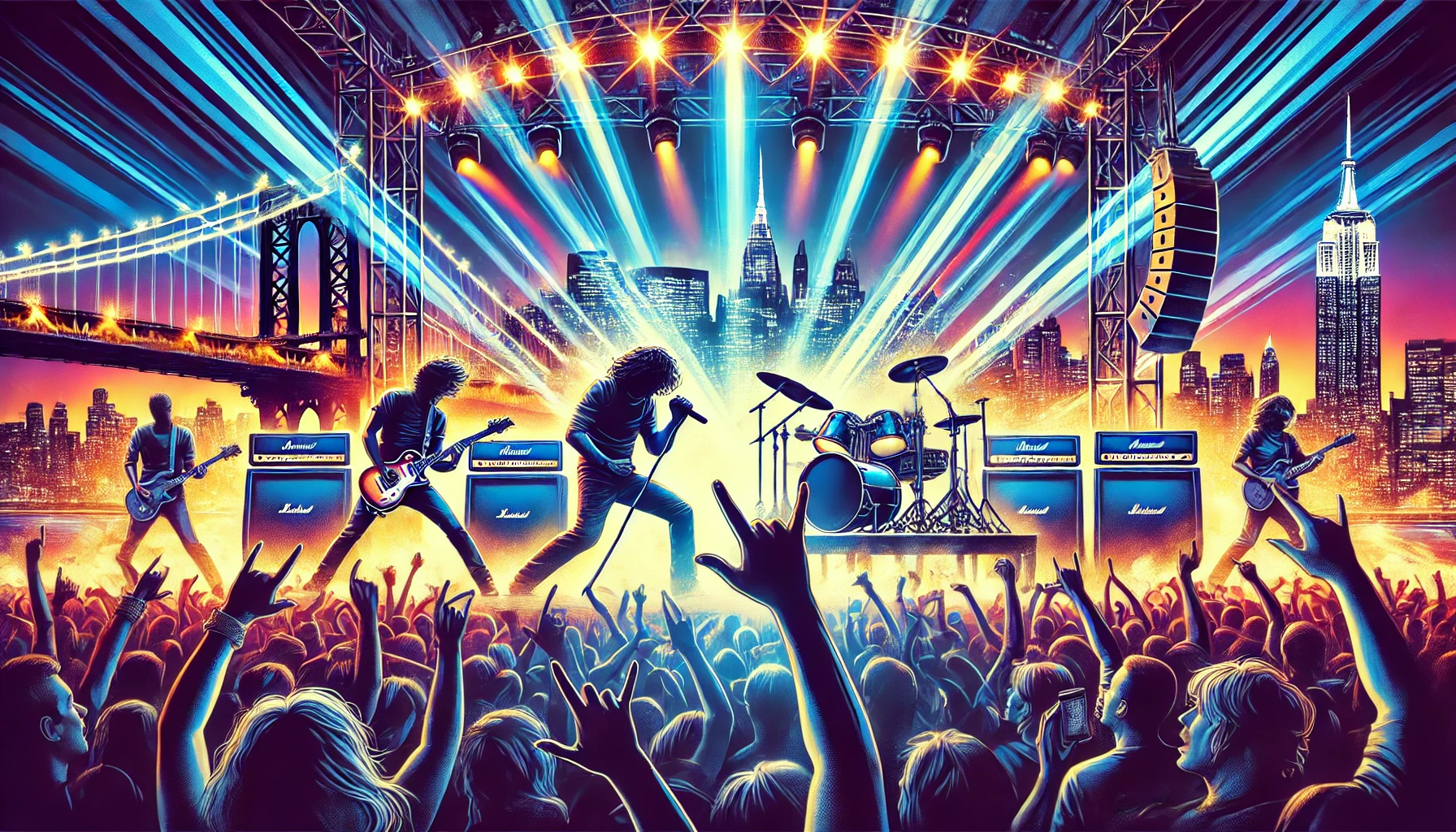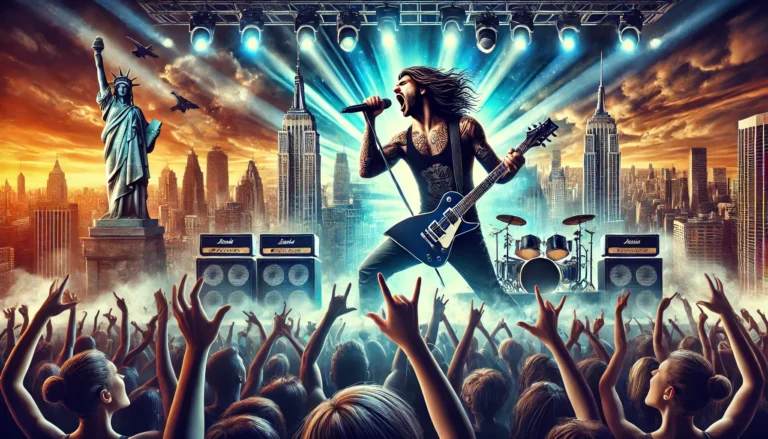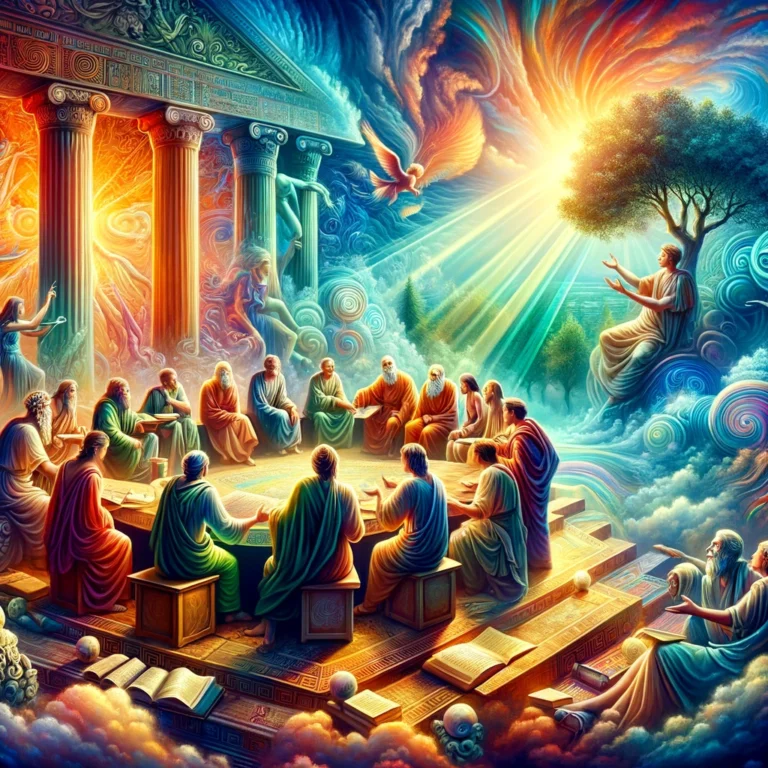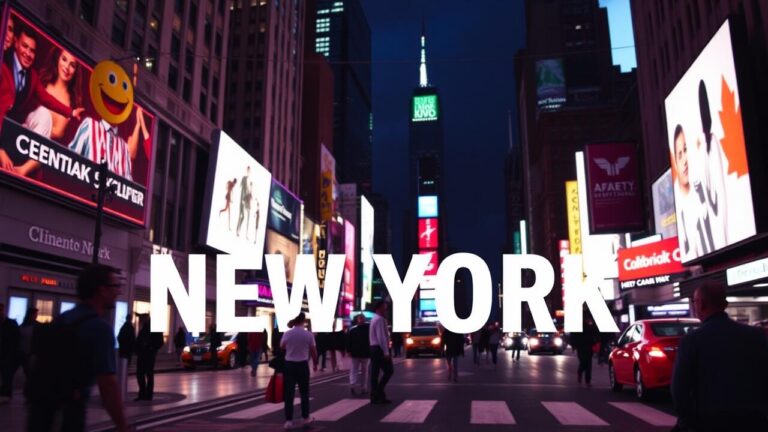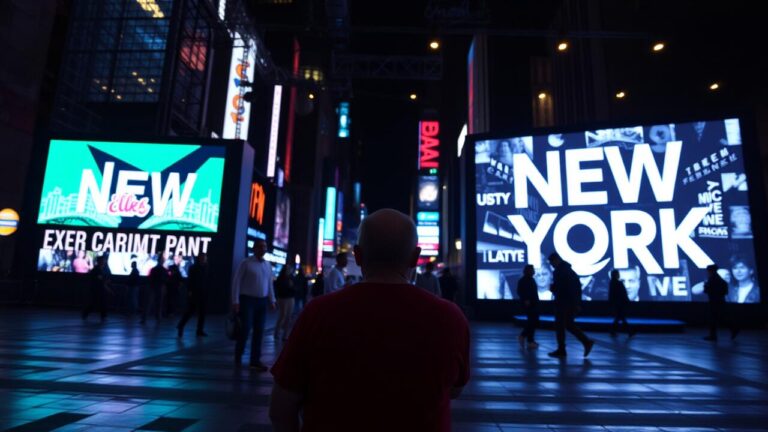Rock Concerts That Defined New York Music Scene
New York City has long been a cradle of creativity and innovation, especially in the world of music. From the smoky jazz clubs of the 1940s to the punk rock dives of the 1970s, the city’s vibrant musical landscape has produced countless legendary performances that have shaped the course of rock and roll history. In this article, we will explore some of the most iconic rock concerts that have left an indelible mark on New York’s music scene. These concerts not only defined the eras in which they took place but also contributed to the city’s reputation as a cultural mecca for music lovers around the globe.
The Beatles at Shea Stadium (1965)
When discussing pivotal moments in rock history, it’s impossible to overlook The Beatles’ concert at Shea Stadium on August 15, 1965. This event wasn’t just a concert; it was a phenomenon. As the first major stadium concert in rock history, it set a new standard for live performances. With over 55,000 screaming fans in attendance, the energy was palpable, and the deafening roar of the crowd was a testament to Beatlemania’s peak.
Why It Was Iconic:
- Massive Attendance: Over 55,000 fans attended, making it one of the largest concerts at the time.
- Technological Challenges: The concert highlighted the need for better amplification technology, as the band’s music was often drowned out by the audience’s screams.
- Cultural Impact: It showcased the immense popularity of The Beatles and solidified their status as global superstars.
Woodstock Festival (1969)
Although Woodstock took place upstate in Bethel, New York, its influence on the New York City music scene and rock culture cannot be overstated. Held from August 15-18, 1969, this festival became a symbol of the counterculture movement and brought together some of the most influential rock artists of the time.
Key Highlights:
- Star-Studded Lineup: Featured performances by Jimi Hendrix, Janis Joplin, The Who, and many others.
- Peace and Love: Embodied the spirit of the 1960s with its messages of peace, love, and music.
- Enduring Legacy: Woodstock has been immortalized in documentaries, music, and popular culture, continuing to inspire new generations.
The Velvet Underground at The Dom (1966)
The Velvet Underground, led by Lou Reed and John Cale, played a series of groundbreaking shows at The Dom, an East Village nightclub, in 1966. These performances, often accompanied by Andy Warhol’s Exploding Plastic Inevitable multimedia show, were revolutionary in their blending of music, art, and avant-garde film.
Why It Was Revolutionary:
- Multimedia Experience: Combined live music with Warhol’s films and light shows, creating an immersive experience.
- Pioneering Sound: Introduced a gritty, experimental sound that would influence countless punk and alternative bands.
- Cultural Milestone: These shows marked the intersection of New York’s art and music scenes, paving the way for future collaborations.
The Ramones at CBGB (1974)
CBGB, a small club located at 315 Bowery in Manhattan, became the epicenter of the punk rock movement in the 1970s. The Ramones, with their raw, fast-paced sound, were at the forefront of this movement. Their debut performance at CBGB in August 1974 is often credited with launching the punk rock genre.
Significance of the Event:
- Birth of Punk: Helped establish punk rock as a legitimate genre.
- Influential Venue: CBGB became a launching pad for many iconic punk bands, including Blondie and Talking Heads.
- Cultural Shift: The Ramones’ performance signaled a shift away from the polished rock of the 1960s to a more rebellious, DIY ethos.
The Clash at Bond’s International Casino (1981)
The Clash’s residency at Bond’s International Casino in Times Square in May and June of 1981 stands out as a defining moment in New York’s rock history. Originally planned as an eight-night run, the series of concerts extended to 17 shows due to overwhelming demand. These performances showcased the band’s dynamic presence and their ability to blend punk rock with reggae, ska, and funk, making a significant impact on the city’s music scene.
Reasons This Concert Series Was Essential:
- Extended Residency: The initial shows sold out quickly, leading to additional dates being added.
- Diverse Influences: The Clash incorporated various musical styles, broadening the appeal of punk rock.
- Political Messaging: Their lyrics addressed social and political issues, resonating with a wide audience and inspiring activism through music.
The Clash’s performances at Bond’s International Casino are often remembered not just for their musical excellence but also for their role in solidifying the band’s place in rock history. By pushing the boundaries of genre and addressing relevant social issues, The Clash influenced a generation of musicians and fans alike.
Led Zeppelin at Madison Square Garden (1973)
Led Zeppelin’s concerts at Madison Square Garden in July 1973 are legendary, not only for the spectacular performances but also for the footage that was later used in the concert film “The Song Remains the Same.” These shows captured the band’s explosive energy and musical prowess at the height of their fame.
Key Aspects of These Concerts:
- Visual Spectacle: The band’s elaborate stage show set a new standard for live rock performances.
- Musical Mastery: Showcased their skill and versatility, from hard rock anthems to acoustic ballads.
- Cinematic Legacy: “The Song Remains the Same” film brought the concert experience to a global audience.
Talking Heads at the Piers (1983)
The Talking Heads’ concert at the Pier 84 in August 1983 was a transformative event in the New York music scene. By this time, the band had evolved from their punk roots into a genre-defying group that incorporated funk, world music, and avant-garde elements. The concert was part of their “Stop Making Sense” tour, which was later immortalized in the acclaimed concert film directed by Jonathan Demme.
Highlights of the Concert:
- Innovative Performance: The band’s use of visual and theatrical elements set a new standard for live shows.
- Diverse Setlist: Included hits like “Burning Down the House” and “Psycho Killer,” showcasing their musical evolution.
- Cultural Impact: The “Stop Making Sense” film became a landmark in concert cinema, influencing future generations of musicians and filmmakers.
Bruce Springsteen at the Bottom Line (1975)
Before Bruce Springsteen was “The Boss” known worldwide, he was a rising star trying to make a name for himself. His five-night, ten-show run at The Bottom Line in Greenwich Village in August 1975 was a pivotal moment in his career. These concerts, which coincided with the release of his breakthrough album “Born to Run,” are often credited with solidifying his reputation as one of the greatest live performers in rock history.
Why These Shows Were Important:
- Career-Defining Moment: Helped launch Springsteen into superstardom.
- Intimate Venue: The small club setting allowed for an intense and personal connection with the audience.
- Critical Acclaim: Garnered rave reviews and extensive media coverage, boosting his profile.
Conclusion: The Everlasting Influence of New York’s Rock Concerts
New York City’s rock concerts have played a crucial role in shaping the music scene not just locally but globally. From the groundbreaking performances of The Beatles at Shea Stadium to the genre-defining shows at CBGB, these concerts have left an indelible mark on the history of rock and roll. Each event not only showcased the incredible talent of the artists but also reflected the cultural and social dynamics of their times.
By exploring these iconic concerts, we gain a deeper appreciation for the rich musical heritage of New York City. Whether through the experimental sounds of The Velvet Underground, the raw energy of The Ramones, or the genre-blending performances of The Clash, each concert has contributed to the vibrant tapestry of New York’s music scene. As we look back on these historic events, we are reminded of the power of live music to inspire, connect, and transform.
In the ever-evolving world of music, New York City remains a beacon of creativity and innovation. The rock concerts that defined its music scene continue to influence and inspire artists and fans alike, ensuring that the city’s legacy as a cultural epicenter endures for generations to come.

